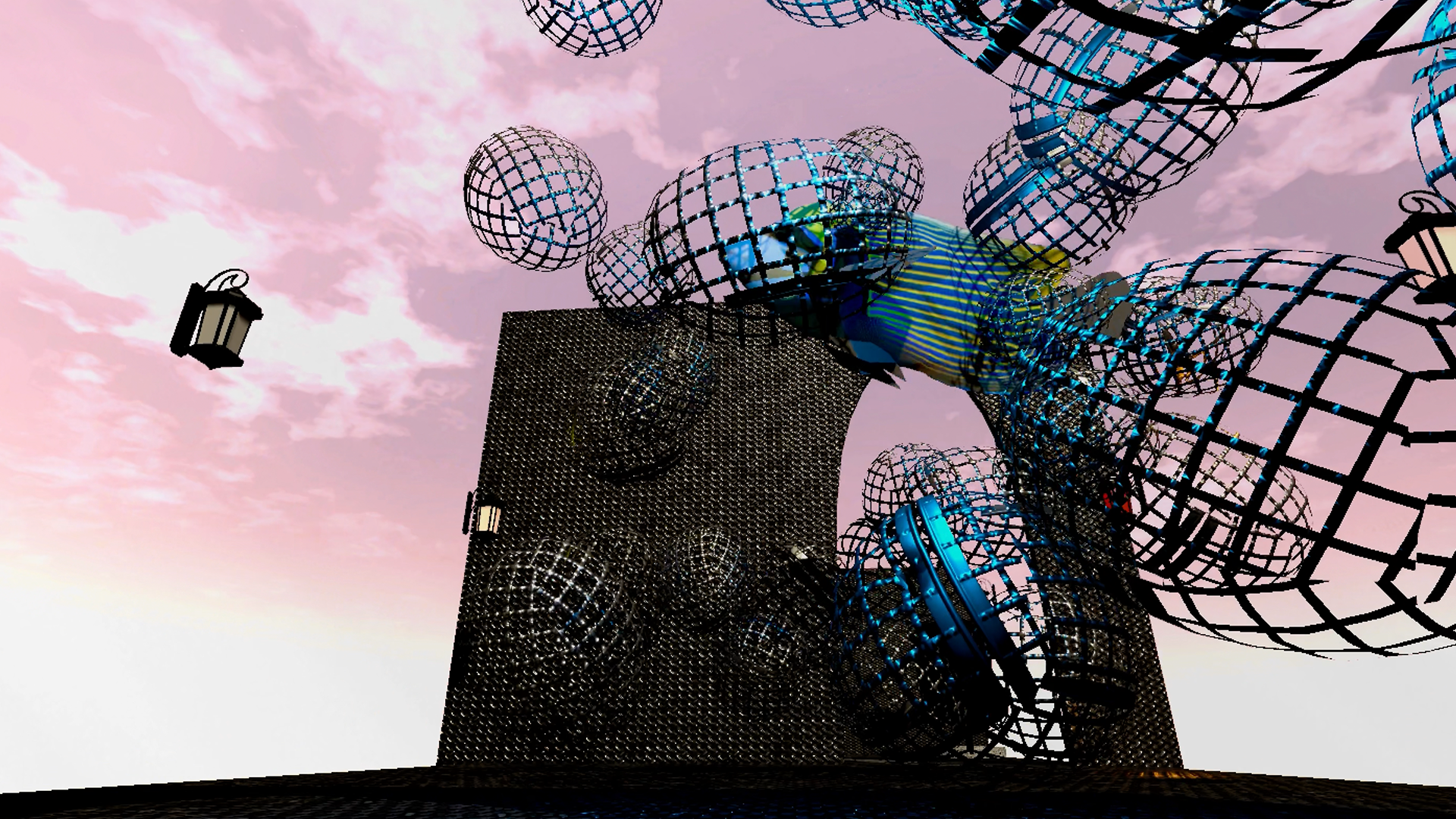Teaching Philosophy & Experience
With over 19 years of teaching experience across preschool, K–12, academia, and adult education, my instructional design and pedagogical approach focus on creating learning structures and systems grounded in psychosocial and cultural perspectives, informed by principles of human development.
I have taught and designed curricula in Seoul, South Korea (2001–2011) and New York, United States (2017–present), integrating experiential learning, reflective practice, and design research into diverse educational contexts.
Subjects taught:
Art, Design & Technology — including drawing, painting, sculpting, crafting, installation, and multimedia design & art; Interaction and Media Design; Experience Design; Critical Thinking; Research Methods; Ethical Considerations in Design; Accessibility; Design Investigation; and problem-solving through ethonographic research, psychosocial and perspectives, and historical and cultural contexts.
With over 19 years of teaching experience across preschool, K–12, academia, and adult education, my instructional design and pedagogical approach focus on creating learning structures and systems grounded in psychosocial and cultural perspectives, informed by principles of human development.
I have taught and designed curricula in Seoul, South Korea (2001–2011) and New York, United States (2017–present), integrating experiential learning, reflective practice, and design research into diverse educational contexts.
Subjects taught:
Art, Design & Technology — including drawing, painting, sculpting, crafting, installation, and multimedia design & art; Interaction and Media Design; Experience Design; Critical Thinking; Research Methods; Ethical Considerations in Design; Accessibility; Design Investigation; and problem-solving through ethonographic research, psychosocial and perspectives, and historical and cultural contexts.
Adjunct Faculty
Design and Technology
︎
If you would like to learn more about my course materials, syllabi, or teaching methodologies, I welcome you to reach out. I’m glad to exchange ideas and resources with fellow educators.
Design and Technology
︎
If you would like to learn more about my course materials, syllabi, or teaching methodologies, I welcome you to reach out. I’m glad to exchange ideas and resources with fellow educators.
Interaction and Media Design,
Parsons School of Design
The New School, NY︎︎︎
Nov 2023 – Present
2026
Core Lab Environments
2025
Core Studio Systems F
Core Lab Environments S
2024
Thesis 1 F
Visual Design Concept F
Core Environments Lab S
Parsons School of Design
The New School, NY︎︎︎
Nov 2023 – Present
2026
Core Lab Environments
2025
Core Studio Systems F
Core Lab Environments S
2024
Thesis 1 F
Visual Design Concept F
Core Environments Lab S


Course Design Consultation — Structure & System of Collaborative Experience
Developing and facilitating a structured learning system integrating AI processes, XR design, and human-centered UX/UI. Provided newarly graduats with hands-on experience in applying design thinking and problem-solving to build validated, user-oriented AI & XR solutions.
Mentorships
XR/Spatial Design/Experiential Design
2024 – Present
2024 – Present
XR Design Challenge︎︎︎
Collaborators: Meta, IDEO, ShapesXR
Organizer: Immersive Insider
Dec 2024 – Jan 2025
Collaborators: Meta, IDEO, ShapesXR
Organizer: Immersive Insider
Dec 2024 – Jan 2025

STEM x Art Education
Ashcan Studio of Art
Sep 2017 – Jun 2018
Sep 2017 – Jun 2018

Art and Design Instructor
Various Art Studios
03.2002 – 03.2008 Seoul, KR
03.2002 – 03.2008 Seoul, KR

